The In-flight Entertainment Communication Market is currently characterized by a dynamic competitive landscape, driven by technological advancements and evolving consumer preferences. Key players such as Thales Group (FR), Panasonic Avionics Corporation (US), and Viasat Inc. (US) are at the forefront, each adopting distinct strategies to enhance their market positioning. Thales Group (FR) emphasizes innovation in immersive entertainment experiences, while Panasonic Avionics Corporation (US) focuses on expanding its global footprint through strategic partnerships. Viasat Inc. (US) is leveraging its satellite technology to provide high-speed internet connectivity, which is increasingly becoming a critical differentiator in the market. Collectively, these strategies contribute to a competitive environment that is both collaborative and competitive, as companies seek to meet the growing demand for enhanced in-flight experiences.
In terms of business tactics, companies are increasingly localizing manufacturing and optimizing supply chains to enhance efficiency and reduce costs. The market structure appears moderately fragmented, with several players vying for market share. However, the influence of major companies is substantial, as they set industry standards and drive innovation. This competitive structure fosters an environment where smaller players can thrive by focusing on niche markets or specialized services, while larger firms dominate through scale and technological prowess.
In August 2025, Thales Group (FR) announced a partnership with a leading airline to integrate its latest in-flight entertainment system, which features augmented reality capabilities. This strategic move not only enhances the passenger experience but also positions Thales as a pioneer in the integration of cutting-edge technology within the aviation sector. The partnership is expected to set a new benchmark for in-flight entertainment, potentially influencing other airlines to adopt similar technologies.
In September 2025, Panasonic Avionics Corporation (US) launched a new suite of services aimed at improving passenger connectivity and engagement. This initiative includes the introduction of a cloud-based platform that allows airlines to customize content offerings in real-time. The strategic importance of this launch lies in its potential to enhance customer satisfaction and loyalty, as airlines can now provide tailored experiences that meet the diverse needs of their passengers.
In July 2025, Viasat Inc. (US) expanded its satellite network to enhance global coverage for in-flight internet services. This expansion is particularly significant as it addresses the increasing demand for reliable connectivity among travelers. By improving its service offerings, Viasat positions itself as a leader in the market, likely attracting more airline partnerships and enhancing its competitive edge.
As of October 2025, the competitive trends in the In-flight Entertainment Communication Market are increasingly defined by digitalization, sustainability, and the integration of artificial intelligence. Strategic alliances are becoming more prevalent, as companies recognize the value of collaboration in driving innovation and enhancing service offerings. Looking ahead, it appears that competitive differentiation will increasingly hinge on technological advancements and the ability to provide reliable, high-quality services, rather than solely on price. This shift suggests a transformative phase in the market, where innovation and supply chain reliability will play pivotal roles in shaping future competition.


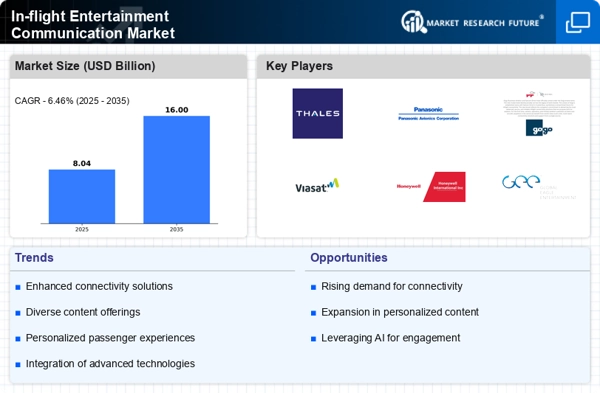
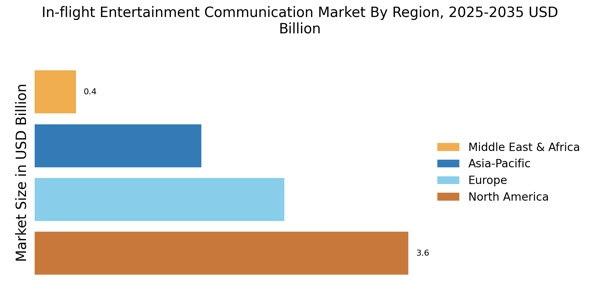
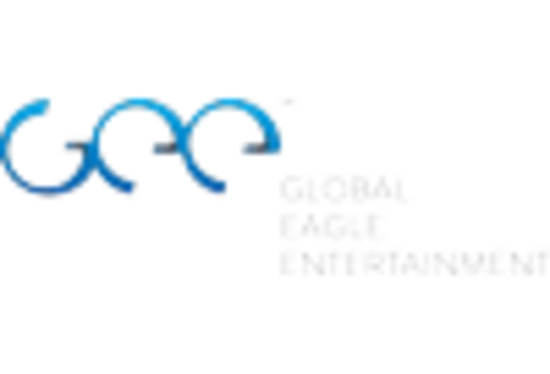
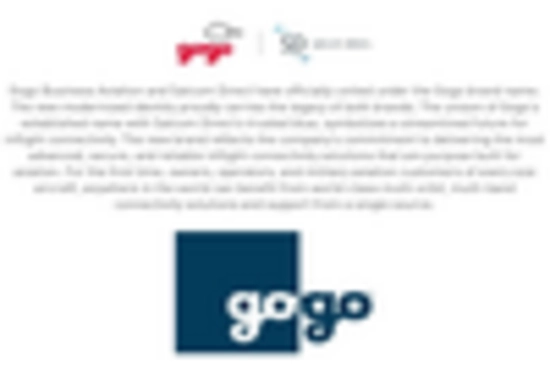

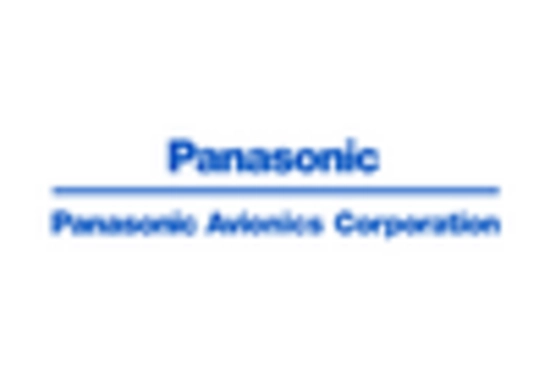

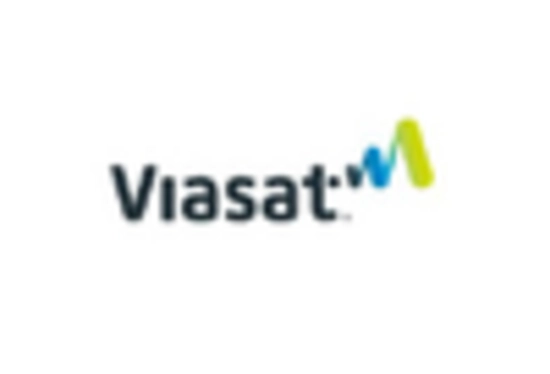








Leave a Comment